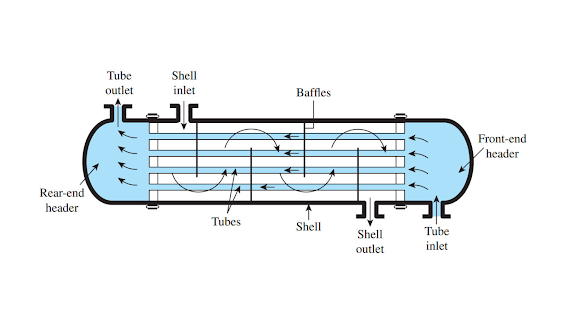Plate Heat Exchangers: Compact Solutions for Optimal Thermal Performance
.jpg)
In the realm of heat transfer technology, plate heat exchangers have emerged as versatile and efficient devices that play a vital role in various industries. These compact marvels have revolutionized the way heat is transferred between fluids, offering optimal thermal performance in a space-efficient design. In this article, we delve into the world of plate heat exchanger , exploring their working principles, advantages, applications, and the ways they contribute to optimal thermal performance. Understanding Plate Heat Exchangers A plate heat exchanger is a compact and efficient device designed for transferring heat between two fluids without direct contact. It consists of a series of corrugated metal plates stacked together with small gaps between them. These plates create multiple channels for the two fluids to flow in alternating directions. The design maximizes surface area contact and turbulence, promoting efficient heat transfer. Working Principles The working principle of a plat...
.jpg)



